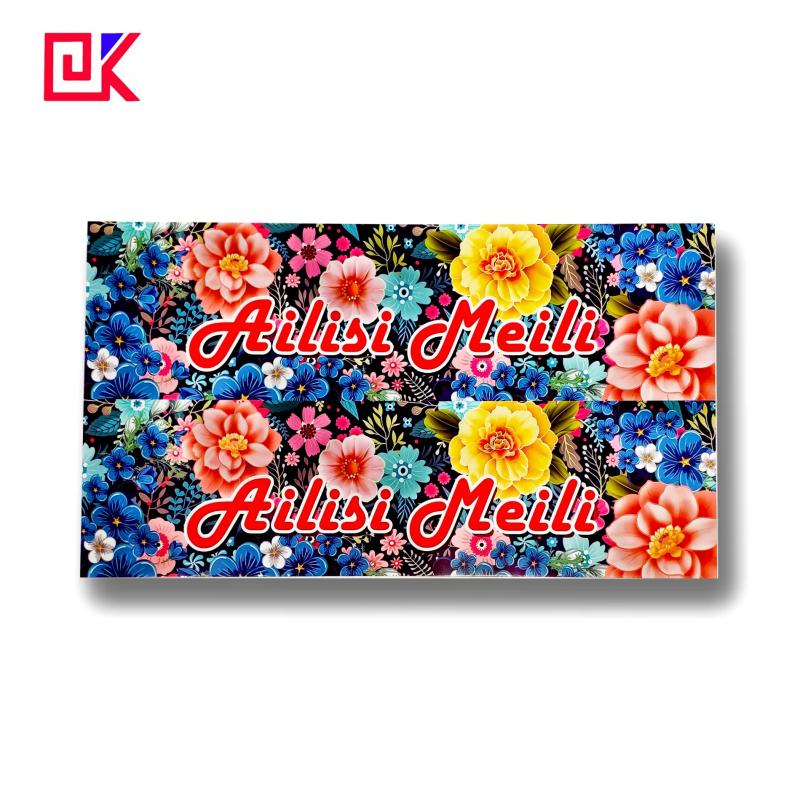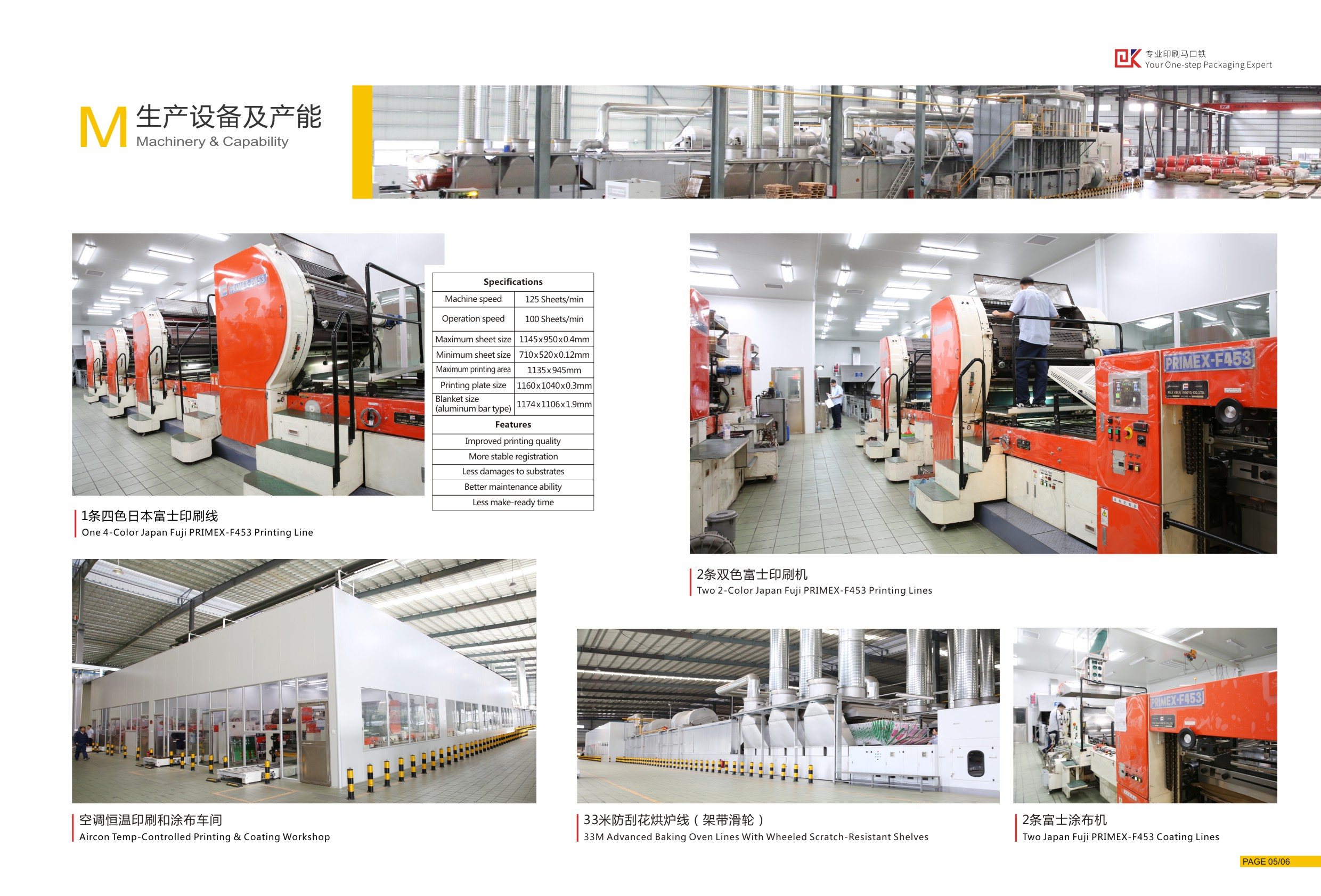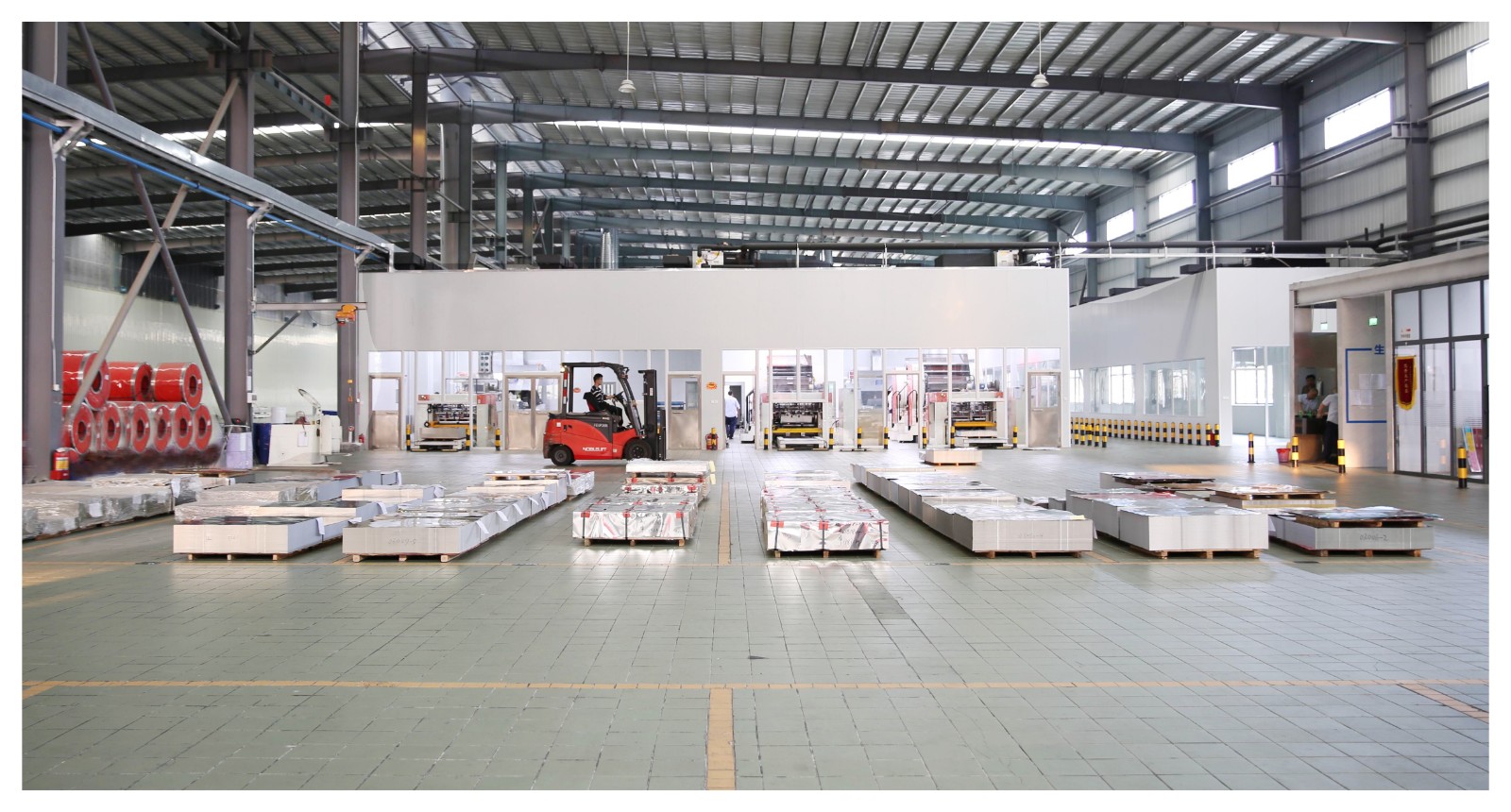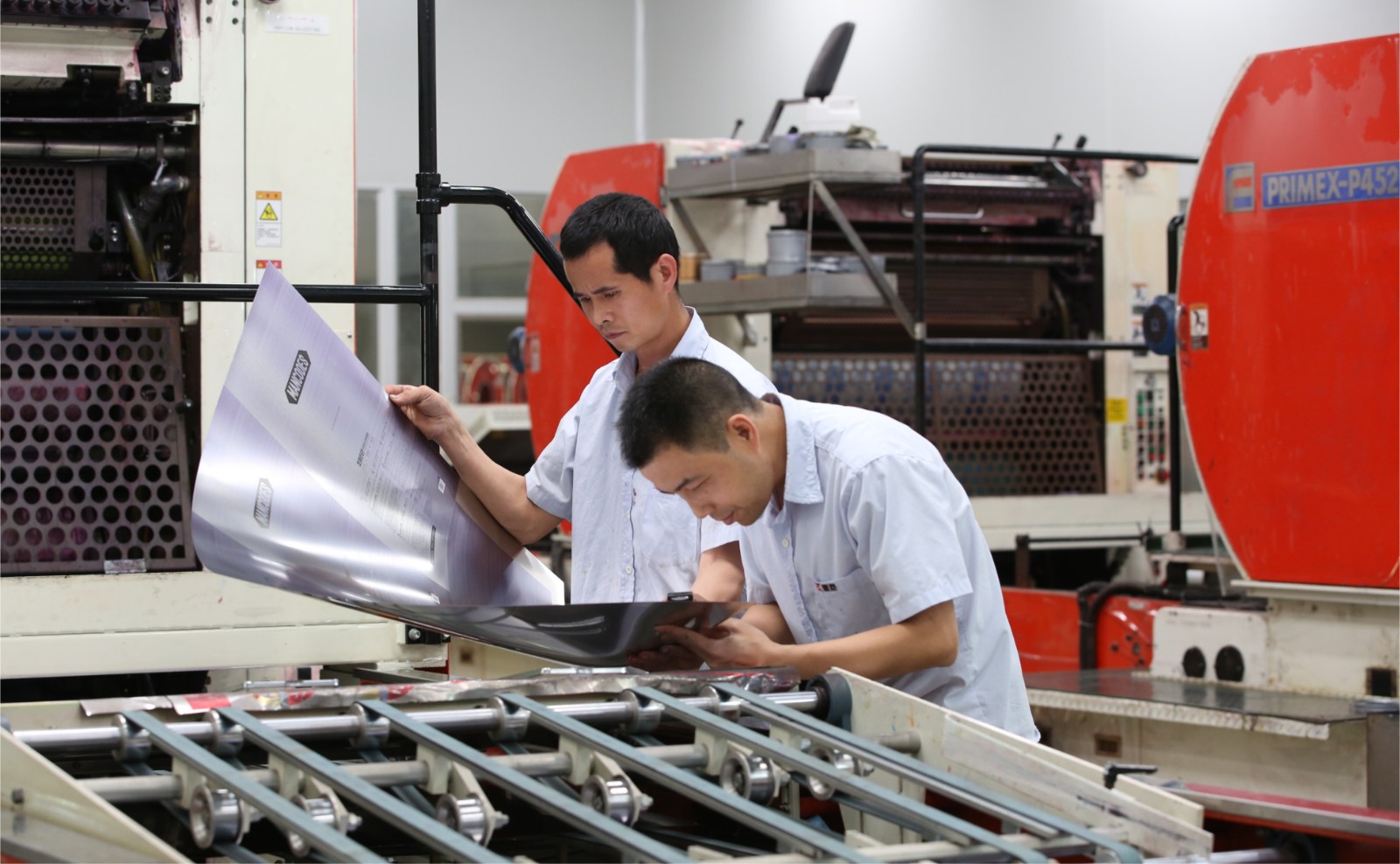In the packaging industry, the choice of materials is not only related to product safety and ease of use, but also directly affects environmental sustainability. As global environmental protection requirements increase, manufacturers and consumers are paying more and more attention to the ecological footprint of packaging materials. Among the many packaging materials, tinplate and aluminum alloy are widely used in the packaging of food, beverages, cosmetics and other consumer goods due to their respective advantages. However, how do they perform in the field of environmental protection? Which material has more environmental advantages?
This article will compare and analyze the environmental characteristics of tinplate packaging cans and aluminum alloy packaging, explore the advantages and disadvantages of the two, and help consumers and manufacturers make more environmentally conscious choices.

Tinplate and aluminum alloy: What are the basic standards for environmental protection?
Before discussing the environmental protection of tinplate and aluminum alloy, we first need to clarify several basic standards required for environmentally friendly packaging materials.
1. Recyclability
Recyclability is one of the most basic requirements for environmentally friendly materials. Whether a material can be recycled and reused not only determines its environmental impact, but is also directly related to energy consumption and resource conservation. For the packaging industry, the ability to recycle and reuse is particularly important because packaging waste often accounts for a large part of the total garbage.
2. Energy consumption in the production process
The production process of packaging materials often consumes a lot of energy and generates a lot of carbon emissions. Therefore, the energy consumption and carbon emission levels in the production process are important indicators for measuring the environmental friendliness of materials.
3. Life cycle and environmental impact
From the mining of raw materials to the final product manufacturing, to the use stage and final waste disposal, the impact of the entire life cycle on the environment is also directly related to whether the material is environmentally friendly. Lower production costs and smaller environmental burdens mean that the material has less pressure on the ecosystem.
4. Toxicity and pollution
Whether the material contains toxic substances and whether it will cause long-term pollution to the environment, especially whether harmful gases will be released during landfill or incineration, is another important factor in evaluating its environmental friendliness.

How environmentally friendly is tinplate packaging?
Tinplate, also known as tinplate, is usually made of low-carbon steel and coated with a layer of tin on the surface to increase its corrosion resistance, durability and antioxidant capacity. Tinplate is widely used in the packaging of food, beverages, cosmetics and other products. Let's look at the environmental characteristics of tinplate packaging cans from the following aspects.
1. How recyclable are tinplate packaging cans?
Tinplate packaging cans are highly recyclable. Globally, the recycling rate of steel is high, usually reaching more than 90%. The recycling process of tinplate cans not only saves resources, but also reduces energy consumption and carbon emissions. Compared with other metal materials, steel will not lose its original physical properties during the recycling process, and the recycled tinplate cans can still be used to make new packaging cans, auto parts, etc. Therefore, tinplate performs well in recyclability.
2. Is the production process of tinplate environmentally friendly?
Although the production process of tinplate packaging cans is more energy-efficient than other materials, it still requires complex processes such as metal smelting and tin layer plating. A certain amount of carbon dioxide and other pollutants may be generated during the production process. However, compared with aluminum alloys, the production energy consumption of tinplate packaging cans is lower. The production of aluminum alloys requires the extraction of aluminum metal through electrolysis of bauxite, a process that is energy-intensive and has a heavy burden on the environment.
3. Does tinplate have a high risk of environmental pollution?
Tinplate packaging cans are more environmentally friendly after use. The tin layer of tinplate is relatively stable and not easy to release toxic substances. In addition, the food in tinplate packaging will not be contaminated by tin, so it has a lower risk of environmental pollution. Although tin may release certain harmful substances at high temperatures, under normal use, the negative impact of tinplate packaging cans on the environment is relatively small.
4. What is the life cycle impact of tinplate?
The life cycle impact of tinplate packaging cans is relatively controllable. Due to its long service life and extremely high recycling rate, tinplate packaging cans have less resource waste at the end of their life cycle. In addition, the recycling process can also reduce energy consumption and reduce the overall carbon footprint.

How environmentally friendly is aluminum alloy packaging?
Aluminum alloy, as a lightweight and durable metal material, is widely used in the packaging of food, beverages and daily consumer goods. Similar to tinplate, aluminum alloy packaging also has certain environmental characteristics, but in some aspects, the environmental protection of aluminum alloy has some challenges.
1. How recyclable is aluminum alloy?
The recyclability of aluminum alloy is also high. Aluminum is a material that can be recycled infinitely. No new bauxite is required in the recycling process, and the energy consumption is relatively low. By recycling aluminum alloy, the dependence on mineral resources can be greatly reduced and the burden on the environment can be reduced. Compared with tinplate packaging cans, the recycling cost of aluminum alloy is slightly higher because more energy is required to recycle aluminum.
2. Is the production process of aluminum alloy environmentally friendly?
The production process of aluminum alloy is more energy-intensive than that of tinplate packaging cans. The refining process of bauxite requires a lot of electricity and produces a lot of carbon dioxide and other pollutants. According to statistics, the carbon emissions in the production process of aluminum are relatively high, which is also a major disadvantage in the environmental protection of aluminum alloy packaging materials. In addition, chemicals may be used in the production process of aluminum, which pose certain risks to the environment.
3. Is the environmental pollution risk of aluminum alloy high?
The environmental pollution risk of aluminum alloy is low. Aluminum metal itself does not release toxic substances, nor does it produce harmful gases during decomposition like plastics. However, the production process of aluminum alloys releases carbon dioxide and other greenhouse gases, which will have a certain impact on global climate change. In general, the environmental pollution risk of aluminum alloy packaging is relatively low, but the carbon emissions in its production process are still a factor that cannot be ignored.
4. What is the life cycle impact of aluminum alloy?
The life cycle impact of aluminum alloy packaging is slightly higher than that of tinplate, especially in the production stage. Although aluminum has a higher recycling rate, the carbon footprint of aluminum alloy packaging is still higher than that of tinplate packaging cans due to the high energy consumption in the production process of aluminum. In addition, the recycling process of aluminum alloy packaging requires more energy, which makes the overall environmental impact of aluminum alloy greater.

Which material is more environmentally friendly?
Comparison of the advantages and disadvantages of tinplate and aluminum alloy
1. Which material is more recyclable?
From the perspective of recyclability, both tinplate packaging cans and aluminum alloys have a high recycling rate, especially in industrialized countries, where recycling technology is very mature. However, tinplate has a relatively low energy consumption in the recycling process and has a higher quality stability after recycling, so it is slightly better in recyclability.
2. Which material has a more environmentally friendly production process?
The production process of aluminum alloys is more energy-consuming and polluting than that of tinplate packaging cans. Although the recycling rate of aluminum is high, the carbon emissions generated by the refining process of bauxite are more significant. Therefore, in terms of environmental friendliness during the production process, tinplate packaging cans are significantly better than aluminum alloys.
3. Which material has a smaller environmental impact?
Taking all factors into consideration, tinplate has a smaller environmental impact. Although the production process of tinplate packaging cans still requires energy consumption and generates carbon emissions, compared with aluminum alloys, the production process of tinplate packaging cans is more energy-efficient and environmentally friendly, and its recycling process has a lighter burden on the environment.
As one of the largest metal packaging manufacturers in China, Foshan Dekai Metal Packaging Co., Ltd. specializes in tinplate packaging cans, aerosol cans, and custom packaging solutions. Our Foshan-based factory spans 50,000 square meters and features advanced FUJI printing lines, ensuring superior quality and efficiency. We provide wholesale deals, promotional discounts, and low-cost options for global brands. With ISO9001 certification and a focus on innovation, we are your trusted supplier for reliable and affordable packaging solutions.

